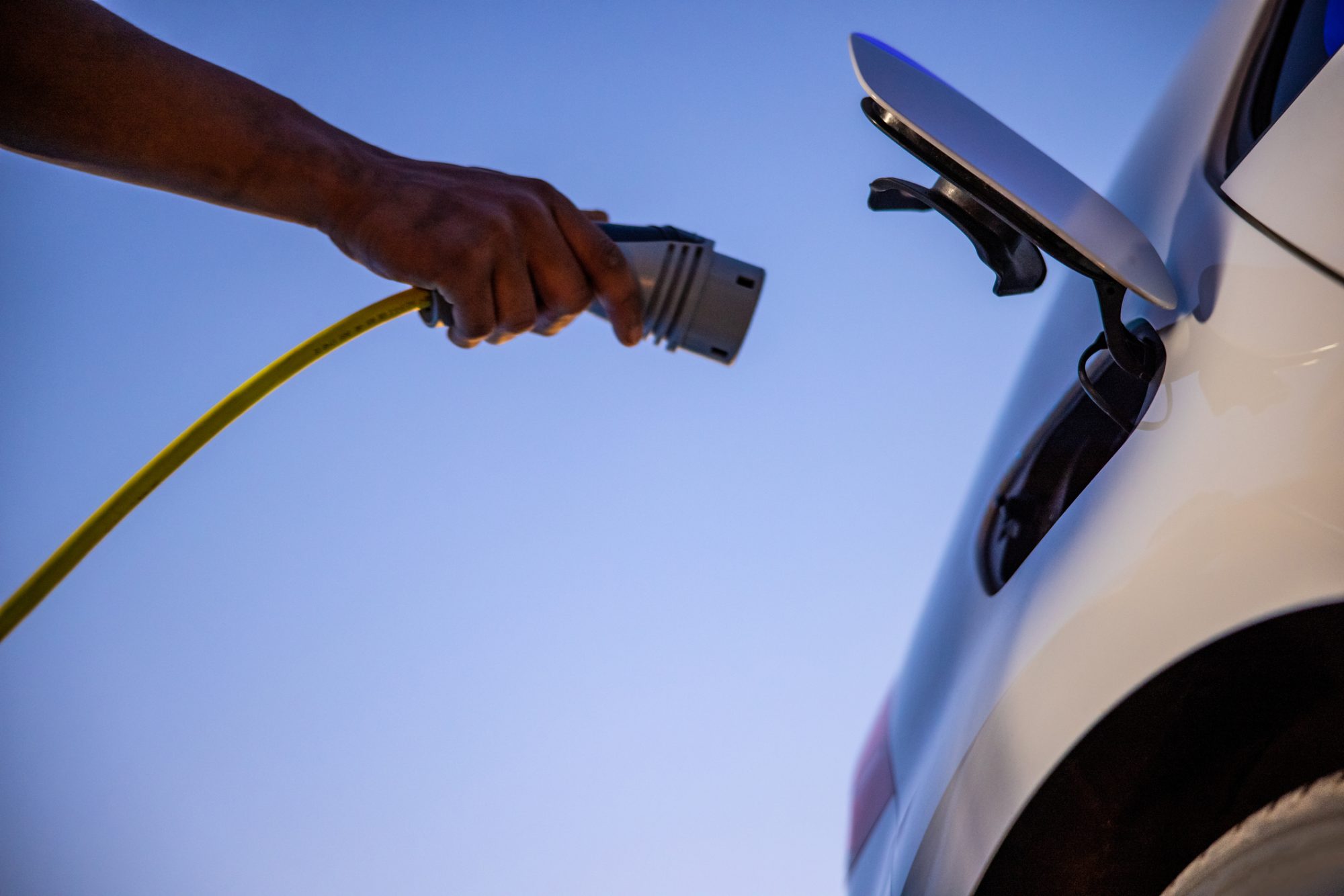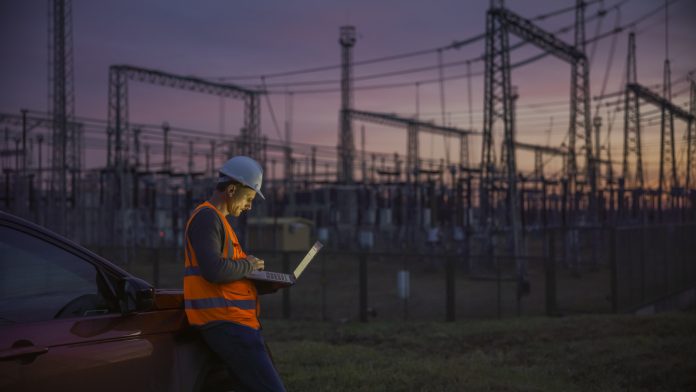Many local authorities are working to reduce their reliance on the national grid by implementing and optimising local energy networks
With the Paris Agreement’s net zero 2050 target edging ever closer, organisations are working hard to decarbonise in time. Many have joined the UN’s Race to Zero campaign, and more than 200 UK councils have ambitiously committed to becoming carbon neutral by 2030 – decades ahead of the UK government’s 2050 target. But local authorities will need to move quickly to decarbonise energy networks to achieve their goals.
Undoubtedly, local authorities will play a central role in the UK’s chances of reaching net zero, and much of this will be dependent on the energy performance of their building stock.
To hit this moonshot target, many local authorities are already working to reduce their reliance on the national grid by implementing and optimising local energy networks.
Why are local energy networks a tangible route to net zero?
A building’s energy consumption can be complex. Buildings account for almost 40% of global energy consumption, making them a key target for change in order to achieve net zero goals.
When mapping out their route to net zero, local authorities should look to prioritise the development of local energy systems as a key route to boosting energy resilience. Local authority buildings such as schools, residential areas and healthcare facilities require significant resourcing and are often reliant on a network of energy, water, waste and transport services, which, when integrated, can offer significant savings and benefits across the community.
The shift to local energy networks can help reduce a local authority’s reliance on the large fossil fuel-powered grid by instead utilising local low-carbon sources for electricity, heating, cooling and water needs. Local energy networks aim to integrate the supply and demand of energy services within an area, and options can include electric vehicle infrastructure, the use of renewable energy sources and heat pumps.

Fortunately, technology exists to help navigate the interactions between multiple buildings, assets, systems and other networks that connect them together. Opportunities can also be identified for renewable energy generation and storage, as well as energy sharing.
Many organisations grapple with balancing the ‘energy trilemma’ of cost, carbon and energy sufficiency. Alongside their net zero goals, local authorities should also be striving to decarbonise to minimise their outgoings in light of skyrocketing energy costs. In this sense, local energy networks can also help ensure every penny of taxpayers’ money is well spent. It is critical that our energy systems are optimised to combat both financial and environmental costs.
What is a digital twin?
The sharing and decarbonisation of energy, along with the integration of electricity, heating, cooling and waste heat networks, can be achieved through the creation of a Network Digital Twin.
Building information modelling (BIM) has been used by architects and engineers for decades to design and construct buildings. But cutting-edge digital twin technology has the potential to revolutionise decarbonisation strategies. These fully scalable systems can respond and behave just like real-world counterparts, from old buildings through to multi-building developments and communities. A digital twin can respond to operational conditions and building occupancy, and they can evolve to continuously optimise operational performance. This technology can help effectively reduce the impact local authority buildings have on the environment, both presently and in the long term.
The data sourced from digital twin technology can highlight areas where energy and carbon usage can be reduced, but it can also identify where financial and operational savings can be made. Areas, where energy is being wasted can be targeted to reduce inefficiencies.
IES have created a digital twin of the historic Pollok Country Park in Glasgow as part of Glasgow City Council’s plans to hit net zero by 2030. This project is helping to maximise use of the city’s green and blue infrastructure in order to mitigate emissions across the estate. Analysing the park’s local energy network was key in this project to help understand supply and demand between the different buildings and to find out how they could exchange resources and how renewables could be deployed.
Digital twin technology can be used on existing buildings and those in development while taking into account resource use, transport, social and economic factors too.
Dave Sweeney, product manager at IES











